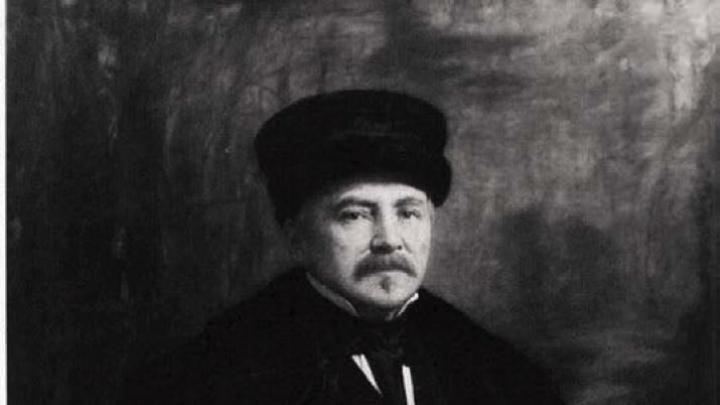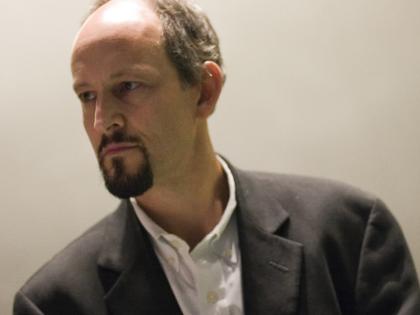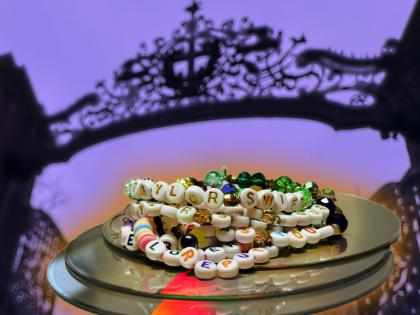One summer’s day, the (terrestrial) mail brought, unbidden, a package from East Middlebury, Vermont, containing both a warm letter from Catherine Nichols ’66, who’d purged her shelves for a charity book sale, and one of the evicted volumes: the handsomely published, if somewhat acidified, Life of Amos A. Lawrence, with Extracts from his Diary and Correspondence, by his son, William Lawrence (Houghton, Mifflin and Company, 1889).
Amos A. L., A.B. 1835, had an extraordinary life—even by today’s standards, when such adjectives are overblown. He prospered as a mill owner, was an active and ardent abolitionist, and as a progenitor of educational institutions was unexcelled. He financed the founding of the University of Kansas, in Lawrence (named after him) and founded Lawrence University in Appleton, Wisconsin, on 5,000 acres of land he purchased. (And Boston College ultimately purchased his local land in 1907.) He was Harvard’s treasurer from 1857 to 1862 (subscribing funds to “Agassiz’s museum,” seeing to the interior of the original Appleton Chapel, arranging the famous 1861 photograph of past and current presidents Quincy, Everett, Sparks, Walker, and Felton), and an Overseer from 1879 to 1885.
Strikingly, the chapter on his College years notes: “ ‘A man may be honest, active, brave, moral, and religious, and still no scholar,’ is the true but dangerous text with which the diary of his college life opens.” Observing the boy’s development, President Josiah Quincy wrote to his father, “I have thought it best to advise to take him away a short time, say until next commencement, and let him study under some fellow master.…I think…the obligation to study, which an instructor, particularly attentive to him, might impose, would be very useful to his future habits.” Apparently it was. He lived to enjoy his fiftieth reunion.
Nichols is no slouch, either. In her fiftieth reunion report, she writes, “At Harvard we learned to think—about facts, about trends, about ideas, all of what academia offers. But to think for ourselves? To be aware of the conventions that defined our role in life? Heck, no! Not in the mid sixties. At least not me.” She unspools her dawning recognition that a “girl” could be a minister —and her subsequent deeds: first woman canon in the Diocese of Texas; preaching at Coventry Cathedral; “officiating at the civil union of the gay couple who sued…Vermont for the right to marry”; and “watching with delight as my Radcliffe classmates stormed the doors” of law, medical, and business schools “to enter professions formerly closed to them.”
Two different lives in three different centuries, but a common, expansive attitude toward living expansively.
Fifty-fifth reunioner Peter H. Gibbon ’64, an educator and humanist scholar, has shared the substance of his talk to classmates when they gathered in May. His point of departure, too, was Harvard’s role in “imparting knowledge” and in “purport[ing] to teach us to think critically and to grow in wisdom.” In that spirit, he offered some insights from life not learned at the College. Among them:
“[B]elief is a slow process. It requires a great deal of time to form opinions. Harvard encouraged the arrogant and confident, the quick generalization. I envied the Crimson writers who held such strong opinions.”
“Remember your strengths. Surrounded by achievers, it is easy to dwell on your deficits.”
“Listen and inquire. Be interested in what other people have to say. Talking at length and constantly interrupting becomes the norm in narcissist America, particularly among ambitious, egotistical males. If you doubt this, listen in at a gathering of strivers—in Washington, D.C., Manhattan, Cambridge.”
“Read more science. When we were freshmen, C.P. Snow warned us…about the split between two cultures, the literary and the scientific.…[A]n emphasis on the liberal arts left us adrift in a STEM society, an omission I am now trying to correct.”
Complaints aside, Gibbon reports: “I am enormously grateful to Harvard College for emphasizing high culture, individuality, excellence, and service.…I am as well for professors, such as Walter Bate, David Owen, Bernard Bailyn, and I.B. Cohen and for the four years surrounded by original, interesting, and stimulating classmates.”








